My Cultural Diet for April 2023: John Wick, Indiana Jones, Star Trek, The Mandalorian
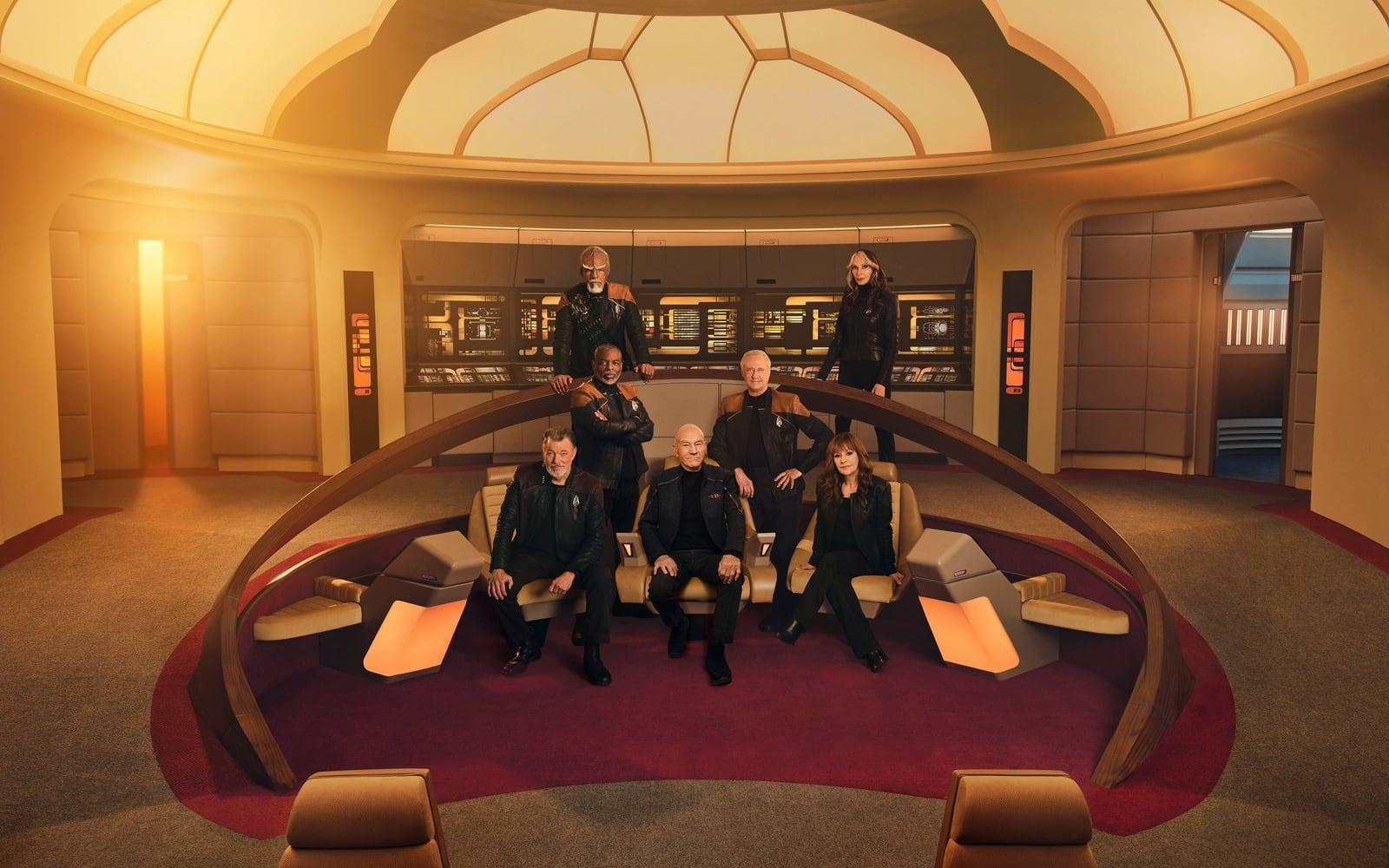
In order to better track my various cultural experiences (e.g., movies, TV shows, books, restaurants), I’ve created the Cultural Diet. Think of it as my own personal Goodreads, Letterboxd, and Yelp, all rolled into one (more info here). Every month, I recap everything that I watched, read, etc., in the previous month.
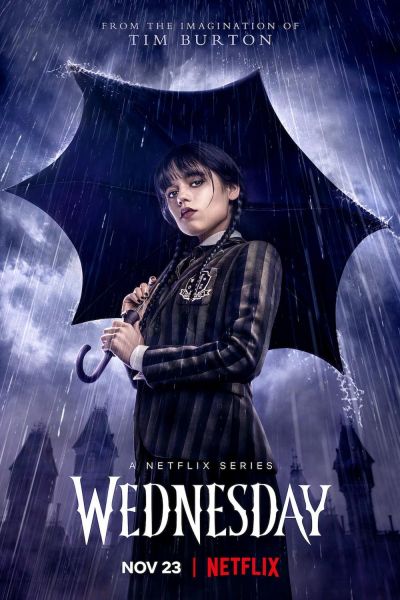
It’s obvious why Wednesday was such a huge hit for Netflix: Jenna Ortega’s acclaimed performance as the eponymous goth-y heroine. The series lives or dies on Ortega’s shoulders, and she acquits herself well as the creepily aloof character. (I also really liked Gwendoline Christie as the harried Principal Weems.) Combine that with the world building (i.e., Wednesday is sent to a Hogwarts-esque private school for vampires, werewolves, and other monsters) and a conspiracy involving the neighboring town’s puritanical founder and her own father’s criminal past, and I was never not entertained. That said, Wednesday is pretty one-note, with our heroine struggling to maintain her icy exterior even as she (reluctantly) bonds with her classmates. (Another minus: the series’ macabre humor loses its punch half-way through the season.) A second season’s in the works, but honestly, the season one finale does a weak job of setting it up. As such, the show’s team have their work cut out for them if they want to recapture this season’s spark.
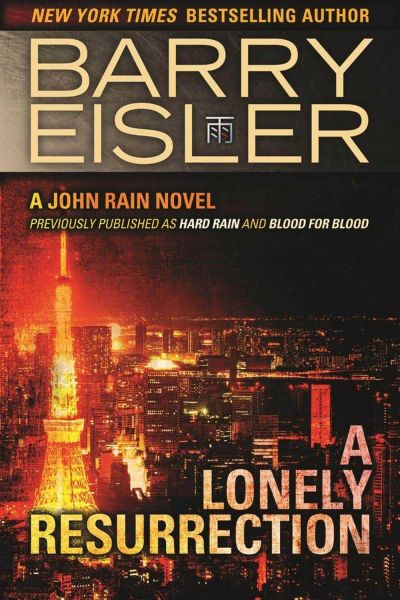
Novels like this contain a definite “male wish fulfillment” factor. Eisler’s main character isn’t just a deadly assassin; he’s also wealthy, cultured (as evinced by his taste in jazz and single malt scotches), operates according to a strict code of honor, and of course, sleeps with one or two beautiful women per novel. To his credit, Eisler does try to make John Rain more than just a mindless murderer with a few scenes that find him wrestling with his difficult and bloody past. Unfortunately, these scenes can make Rain seem petulant, self-pitying, and even whiny — which aren’t exactly qualities one looks for in their literary assassins. The book’s ultimate saving grace is Eisler’s descriptions of Tokyo which, due to his having lived there for several years, possess a gritty authenticity. That said, I don’t really feel a need to read any more John Rain novels after this one.
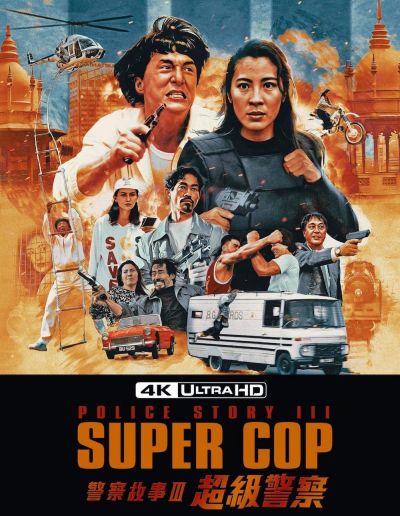
Supercop has long been one of my favorite Jackie Chan movies. This time around, I watched the original 1992 Hong Kong cut, which is darker and grimmer than the Dimension Films version that was released in American theaters in 1996. Chan’s trademark brand of action-comedy is present but less pronounced than, say, Rumble in the Bronx, Mr. Nice Guy, or Who Am I?. At times, it almost feels like Chan and director Stanley Tong were trying to make a hard-boiled crime film. I know this will seem blasphemous to some, but I think I might prefer Dimension Films’ more streamlined cut (though I can do without Tom Jones singing “Kung Fu Fighting”). The stunts are outstanding, of course, be it Chan dangling from a helicopter high above Kuala Lumpur or Michelle Yeoh — who more than holds her own with Chan — jumping onto a moving train whilst riding a motorcycle. (Which is even more impressive given that she’d never ridden a motorcycle before filming the movie.) On a side note, 88 Films’ 4K release is absolutely packed with special features that are must-have for any Jackie Chan devotee.
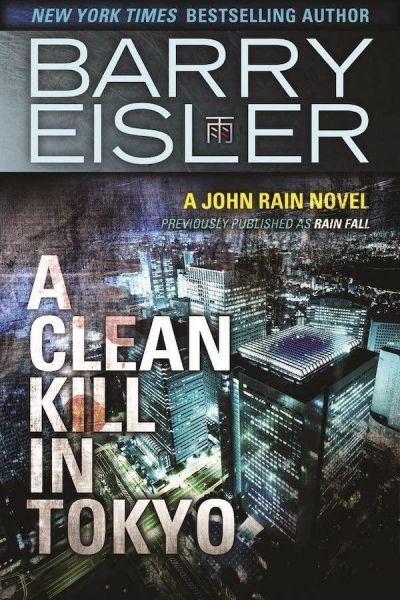
I read this back in the early ’00s when it was called Rain Fall, my curiosity piqued because I’d read a rumor that Jet Li had optioned it for a potential movie. The Jet Li movie never came to pass, but it was turned into a live-action film in 2009 starring Kippei Shîna and Gary Oldman (which I haven’t seen). This is a satisfying enough thriller about a half-Japanese assassin who specializes in deaths that look natural (e.g., heart attacks). After his latest assignment, he gets mixed up with the daughter of his target, a Japanese shadow government, and his former colleagues at the CIA — as you do. Like most books in this genre, it’s nothing terribly deep or thought-provoking, but makes for some nice late night/weekend reading. Barry Eisler lived and worked in Japan for several years, which gives his writing a nice verisimilitude, though the samurai/ronin metaphors and references get a bit heavy-handed after awhile.
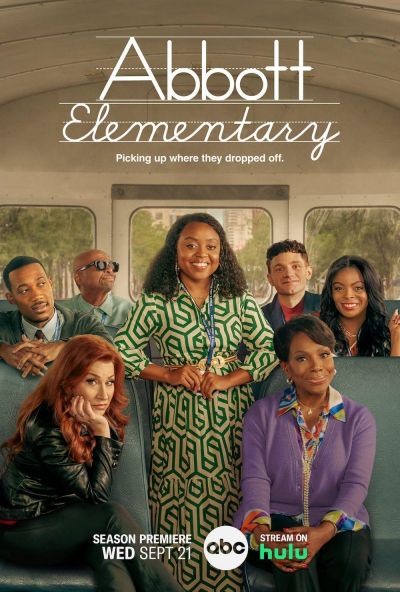
I enjoyed Abbott Elementary’s first season well enough, but the show really started coming into its own during this latest season. Parks and Recreation remains the most obvious touchstone, and while Abbott Elementary doesn’t quite reach that series’ level of joy and delight, it’s well on its way. It’s optimistic without being saccharine, topical without being too preachy. More importantly, I don’t think I’ll ever get tired of Gregory’s flustered reactions, Jacob’s awkward wokeness, Barbara being a good Christian woman, Mr. Johnson’s eccentricities, or Janine’s pluck and determination. (Any and all jokes about her height and lack of fashion sense are just an added bonus.)
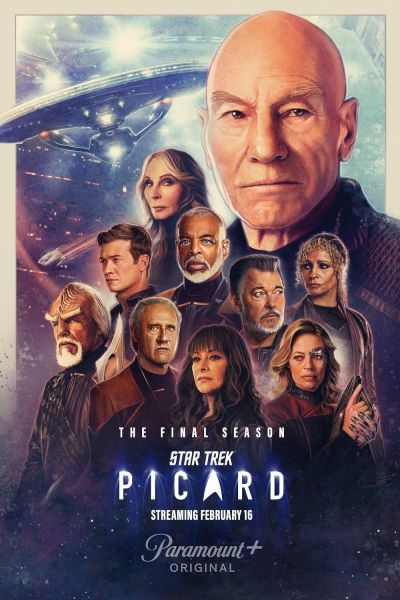
I never finished Star Trek: Picard’s first season and had no interest in its second (even with Q’s return), but the prospect of the entire Enterprise-D crew returning for season three was just too much to pass up. A few quibbles aside — would people really still say “hipster” in the 25th century? — Picard’s final season was a great example of how to do nostalgia well. There were plenty of throwbacks, references, and familiar faces (e.g., Ro Laren, Moriarty, Elizabeth Shelby, Tuvok), but it all felt organic and earnest. And yes, I absolutely choked up when the Enterprise-D made her triumphant return. For my money, Riker was the season’s MVP. He brought a nice dose of humor and was critical to some of season three’s most intense emotional moments. The ebb and flow of his and Picard’s relationship was delightful to watch, and felt like a true decades-long friendship that, while full of love and respect, was not without tension. As for the season’s actual storyline, it was OK, if a little rushed. But the actual details mattered less to me than just getting to see some of my favorite TV characters back in action again.
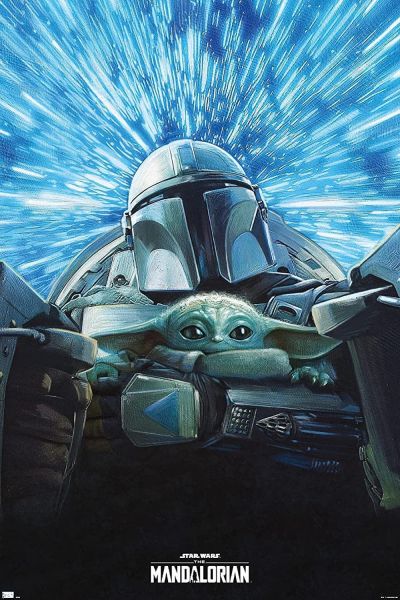
When The Mandalorian debuted back in 2019, it was a delightful space-Western riff on Lone Wolf and Cub. Since then, the series has piled on ideas and lore (e.g., Grogu’s Jedi training, the Empire’s hijinks, the New Republic’s growing pains, Mandalorian history). Some of these ideas, like the rehabilitation of former Imperials, are interesting, but I’m not convinced that The Mandalorian is the best place for them. Not when the results feel as aimless, distracted, and perfunctory as they did this season. And it certainly doesn’t help that The Book of Boba Fett was basically Mandalorian season 2.5, or that we’re all still reeling from the awesomeness that was Andor’s first season. Mind you, the sight of Mandalorian warriors flying through the sky on their jetpacks will never not be cool, and Mando and Grogu’s bond is always cute, but unfortunately, the series as a whole just doesn’t seem to have much of a point or identity any more.
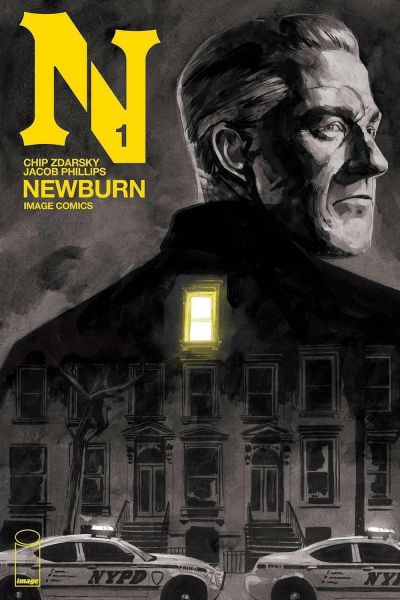
Ever since reading Reckless, I’ve been on the lookout for more crime noir comics. Image Comics’ Newburn features artwork by Jacob Phillips, who was the colorist on Reckless, and a story by Chip Zdarsky (Daredevil, Sex Criminals). The premise is interesting — Easton Newburn is a former detective who now works as a neutral private investigator for the city’s biggest crime gangs — and there’s all of the back-stabbing, double-crossing, and noir-ish intrigue you could ask for. But Newburn is far from a sympathetic antihero, as is his assistant Emily, so it’s hard to really care about their fate even when they’re in the crosshairs of one gang or another. Which is a shame, because the premise feels rife with thematic material (e.g., power, corruption, politics). So far, Reckless remains my favorite crime/noir comic title.
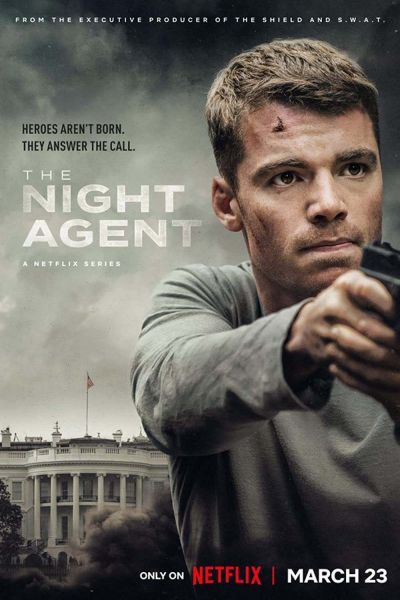
I like a good espionage thriller. You know the kind I’m talking about, filled with secret agents, black ops, innocent people on the run, and conspiracies that reach all the way to the highest levels of government. Netflix’s The Night Agent, adapted from Matthew Quirk’s 2019 novel, has all of these elements, as an FBI agent races to uncover a traitor in the US government while also protecting a woman targeted for assassination. But for all of these plot elements, The Night Agent lacked some necessary urgency or intensity. While I was never not entertained, I was never really on the edge of the my seat, either. Not helping was Hong Chau’s performance, which was — I think — supposed to be guarded and secretive, but just felt strained. Don’t get me started on the side-plot involving a pair of lovestruck assassins that felt like it was from a different title altogether. And the fact that the characters cussed like they’re in a Tarantino film only added to the series’ incongruity.
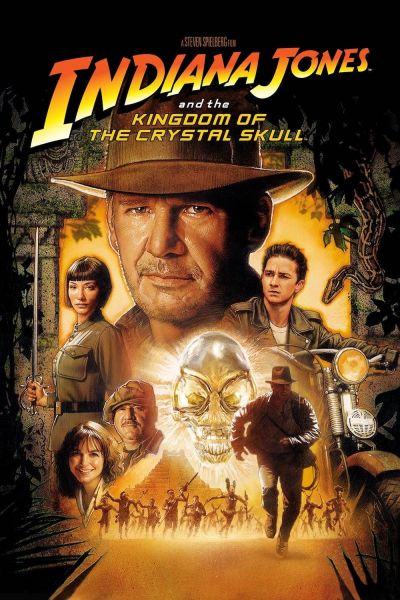
I know this was directed by Steven Spielberg, that George Lucas worked on its story, and that it stars Harrison Ford, Cate Blanchett, and Shia LaBeouf. But Kingdom of the Crystal Skull feels less like a real Indiana Jones movie, and more like a decent-budget fan film that has all of the elements, but is nevertheless missing that essential spark that makes an Indiana Jones film so special. Maybe it’s the sci-fi aspects, or the decision to swap out Nazis for Communists, or the choice to use some surprisingly dodgy CGI instead of practical effects. In any case, nothing in this film feels as visceral as the face melting in Raiders or the mine cart chase in Temple of Doom, and I miss Indy’s wrestling with skepticism and belief when confronted with holy relics like the Grail. I actually do like the basic storyline of tracking down ancient aliens and a mythical city in the Amazon jungle. Throw in some stuff about Area 51 and Cold War-era psychic research, and I’m even more intrigued. Just not in an Indiana Jones movie.
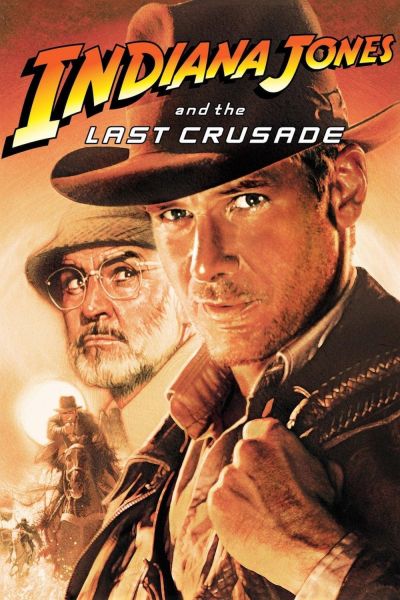
Raiders of the Lost Ark is an action classic, and for good reason. But The Last Crusade is the Indiana Jones movie that I’ve seen the most, and if I’m honest, I might even enjoy it more than Raiders. Much of that’s due to the casting of Sean Connery as Indy’s father, and the interplay between him, Harrison Ford, Denholm Elliott, and John Rhys-Davies is consistently delightful. (Who knew Sean Connery was this funny?) The movie’s opening scene, with River Phoenix as a determined young Indy on his very first adventure, is fun (and thanks to the Utah backdrop, beautiful to watch). And of course, it’s always great to watch Indy slug it out with the Nazis. The lengthy tank battle never gets old or boring, and features the sort of thrilling stunts that you rarely see in our modern age of CGI.
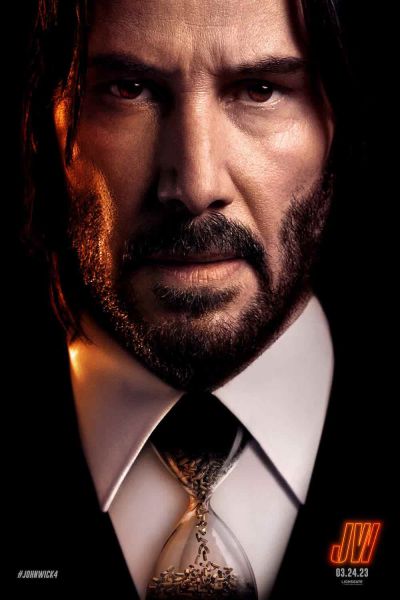
I criticized the third John Wick movie for being too much of a good thing. John Wick: Chapter 4 pushes so far past the notion of “too much” as to render it pointless. Everything’s bigger here, as evidenced by the nearly 3-hour runtime (trimmed down from nearly four hours). The movie fully diverges from reality until you feel like you’re glimpsing an alternate universe. Which raises numerous questions. In a world apparently governed by an all-powerful crime syndicate that enjoys rarefied privilege and is obsessed with ritual and tradition, how do politics function? Religion? Law enforcement? (Come to think of it, Wick’s interaction with Jimmy the Cop in the first movie suddenly makes more sense now.) It’s an exhausting movie, but also a frequently beautiful one, such as when Wick is bathed in vibrant color in Osaka, Japan or strides into the gorgeously candlelit Saint-Eustache cathedral. (Cinematographer Dan Laustsen is the film’s MVP.) And of course, it’s a blast to see Keanu Reeves in motion, whether he’s wielding nunchaku, blasting away goons in an intricate overhead tracking shot, or sharing the screen with legends like Donnie Yen and Hiroyuki Sanada.
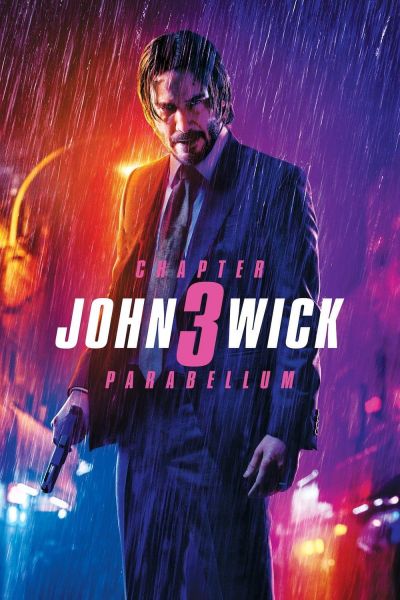
The second John Wick movie built upon the first one by bringing our titular hero into conflict with the High Table, a global group of crime lords. The third John Wick dives more deeply into this, with Wick calling in favors and traveling around the world in search of the mysterious man who rules over the High Table. But the lore gets a bit too convoluted to be believable. (Believable, at least, for a movie in which nobody bats an eye at immaculately dressed people killing other immaculately dressed people out in the open.) The same is true of the movie’s numerous and intricately choreographed fight scenes. As fun as it is to see Keanu Reeves square off against the likes of Mark Dacascos, Cecep Arif Rahman, Yayan Ruhian, and Roger Yuan, the fight scenes are a great example of “too much of a good thing.”
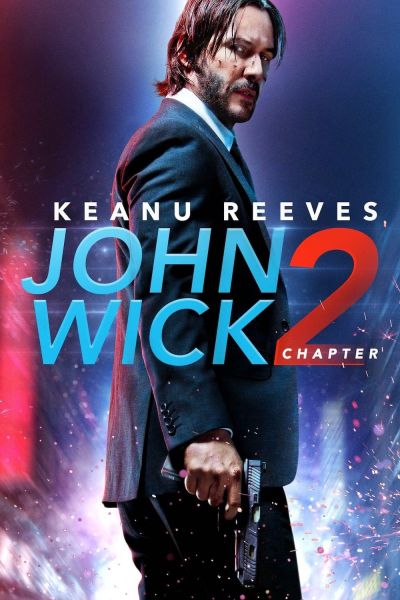
The first John Wick movie is a fairly straightforward affair: Russian gangsters kill a man’s puppy, man goes on a violent rampage of revenge against said gangsters, the end. The second John Wick movie complicates things by delving more into the lore of the Wickaverse when our favorite puppy avenger is compelled to undertake a deadly assignment now that he’s (un)officially out of retirement. This eventually brings him into conflict with the High Table, the secretive organization that oversees John Wick’s shadowy world. For the most part, this sudden expansion of Wick’s world works. I’m always a sucker for lore, especially when that lore is accompanied by lots of stylishly brutal fights set in exotic locations (like the catacombs under Rome). It’s like James Bond and SPECTRE, and takes the film into a quasi-fantastical realm.
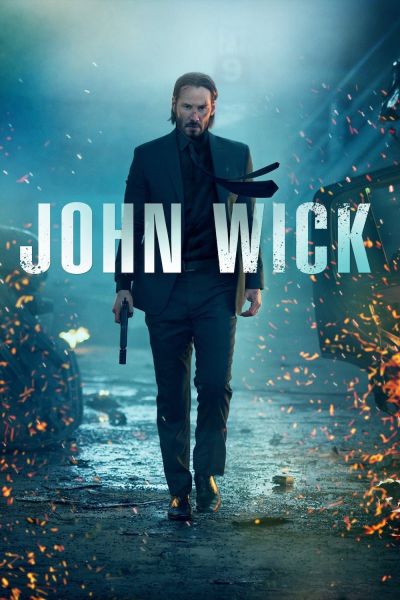
After we finished John Wick, my son asked if it had won any Oscars. He was pretty incredulous when I said “No,” and I can’t really blame him. The first John Wick movie takes a really silly-on-paper premise — a former assassin comes out of retirement to avenge the dog that his dead wife gave him — and invests it with all possible seriousness. And style. And guns. Lots of guns. The Viggo Tarasov character is particularly interesting. He knows his son messed up and that nothing can be done to save him, but he sets out to stop Wick, anyway, because he’s a father as well as a mob boss. There’s a sense of melancholy and tragic inevitability about John Wick that elevates it more than you’d think. And of course, Keanu Reeves looks cooler than cool when he’s dispatching nameless goons in a well-tailored suit.